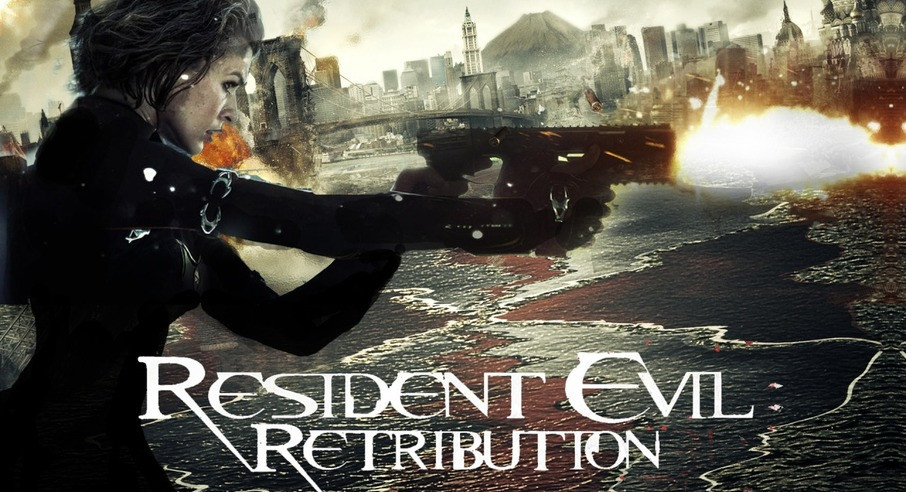Reimagining Video Game History: The Evolution of Iconic Protagonists
It's common for video games to undergo significant changes during their development process. Whether it's due to creative differences, technological limitations, or marketing strategies, game developers often have to make substantial alterations to their original concepts. The protagonist, being at the heart of any game, is no exception. Their appearance, backstory, abilities, and even species can transform dramatically from conception to completion. This article explores the fascinating evolution of ten iconic video game protagonists, revealing the drastically different characters they could have been.
From Star Wars to Zombie Apocalypse: The Transformation of Operation Raccoon City

The development journey of Resident Evil: Operation Raccoon City by Slant Six Games is a prime example of a game-changing its identity completely. Initially, the game was meant to be the third sequel to the popular Star Wars Battlefront II. However, due to undisclosed reasons, the game was repurposed into a Resident Evil installment. A deep dive into the game disc's files reveals hidden assets related to Star Wars, including loading screens for iconic locations and texture packs for Luke Skywalker. The discovery of these assets caused quite a stir in the gaming community, but it was too late for a course correction. Capcom ended their collaboration with Slant Six, resulting in the studio's closure.
From Reptiles to Furry Friends: The Evolution of Ratchet & Clank
Insomniac Games' beloved duo Ratchet & Clank have a surprising backstory. The initial designs presented a more reptilian and extraterrestrial appearance; Clank was more akin to a lizard, while Ratchet explored a more feline form. The idea of changing Ratchet's fur from brown to yellow with brown stripes was met with initial resistance from Insomniac CEO Ted Price. However, the color palette was eventually changed, contributing to the iconic look of the characters we know today.
The Unintended Hero: How Fox McCloud Took Over Dinosaur Planet

Star Fox Adventures by Rare received criticism for deviating from the series' traditional flight-based gameplay. However, it wasn't initially intended to be a Star Fox game at all. In The original concept, players could choose between two original characters. After seeing the potential in Rare's work, Shigeru Miyamoto suggested the idea of turning the game into a Star Fox title, leading to the introduction of Fox McCloud.
From Dreamy Adventures to Furry Fun: The Journey of Banjo Kazooie
One of the most widely recognized 3D platformers, Banjo Kazooie by Rare, started as a completely different game named Dream: the Land of Giants. Inspired by Lucasfilm adventure titles and JRPGs, the game was initially centered around a young boy named Edison. However, the success of Super Mario 64 inspired the team to adopt a more kid-friendly tone, transforming the mature and whimsical game into the charming adventure of Banjo Kazooie.
From Rabbits to Porcupines: The Creation of Sonic the Hedgehog
Sonic the Hedgehog, the mascot that made Sega a household name, had a rather unconventional origin. Before finalizing Sonic's design, several other characters were considered, including a friendly bunny named Feel, who could grab objects with his ears. Even the antagonist Dr. Eggman was considered for the protagonist role. Eventually, an original character known as Mr. Needlemouse was sketched, which later evolved into the iconic Sonic the Hedgehog.
In the often unpredictable world of game development, change is the only constant. As these examples show, the journey from concept to completion can take unexpected turns, resulting in vastly different final products. However, it's these changes and evolution that often lead to the creation of the most memorable and beloved gaming icons.
